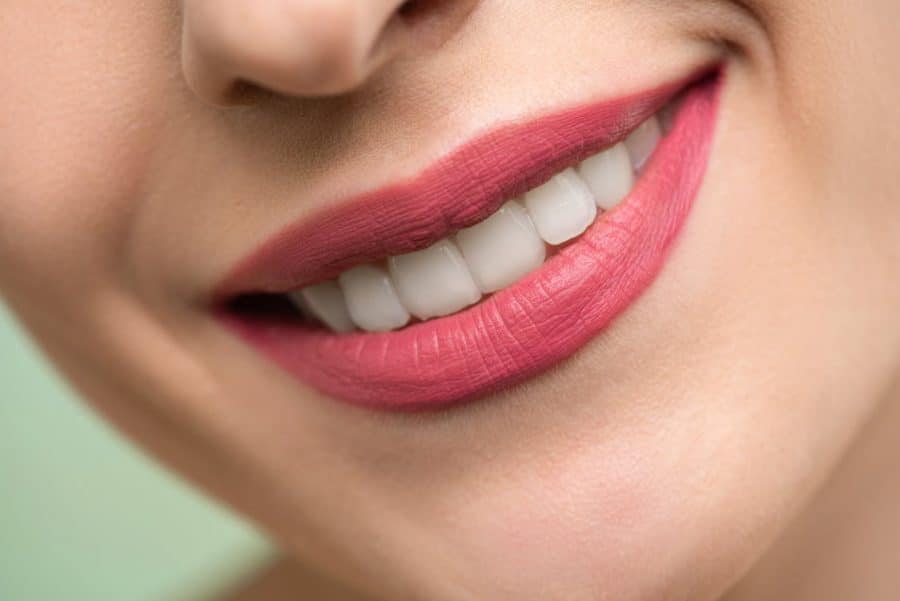Your smile is one of your biggest assets. It can reflect your thoughts or complement your behavior at any given moment. Above all, it forms an image of your personality.
Modern lifestyles and habits have changed various aspects of our health and appearance. When you meet someone, their physical appearance is often the first thing you notice–from the dress to body language, and above all, their oral hygiene. Unfortunately, most people either smoke or consume alcohol in their daily routines. Therefore, even when following all the protocols of oral hygiene, teeth discoloration is inevitable. However, modern advancements in medicine have made it relatively easy to keep your teeth healthy and stain-free.
The discoloration and bleeding gums present numerous health risks and can be a turn-off for anyone. Understandably many people try their best to revive their glistening youthful smile. Thanks to the internet and quick access to information, you can easily learn about solutions and procedures—both medical and natural—to whiten your teeth.
The dental procedures and protocols differ from country to country. Every county and state—within a country—has different rules and regulations regarding costs, insurance, and overall treatment plans. For instance, if you are in Brisbane, Australia, a quick Google search on teeth whitening Brisbane will show you that your options are countless. Keep in mind that procedures and costs also vary depending on how long they last, the number of visits, and many other factors.
This article will highlight some medical teeth whitening methods and natural alternatives to fix discolorations, as well as myths and facts about them.
Natural Teeth Whitening Solutions
Natural remedies may not show an immediate effect like medical treatments, but they can save your teeth from further damage. Let’s take a look at a few.
Oil pulling method
It is a traditional ancient Indian remedy known to improve oral hygiene and remove body toxins. All you have to do is swish oil around in your mouth to remove bacteria and plaque that cause discoloration. It is recommended to use sunflower or sesame oil for better results.
Baking Soda
Baking soda is known to have natural whitening properties making it one of the popular ingredients in commercial toothpaste. In addition, it is a mild abrasive known to remove stains from teeth. It also prevents bacterial growth in the mouth as it creates an alkaline environment.
Strawberry and Pineapple
A healthy diet is essential for our health and well-being. However, some studies claim that mixing strawberries and baking soda can be a natural teeth whitener. There are certain enzymes in a strawberry that remove stains, and baking soda enhances the white color. Pineapple is also known to help whiten teeth.
Medical Teeth Whitening Solutions
These teeth whitening options involve a combination of certain chemicals either obtained or synthesized in laboratories. Some of the common solutions are:
Whitening Toothpaste
Whitening toothpaste contains some polishing or chemical agents to help you achieve squeaky clean and white teeth. These toothpastes also contain hydrogen peroxide (a bleaching agent) that removes plaque and discoloration, adjusting the teeth’ color to one shade lighter.
Gels are clear peroxide whitening products that you can get from a nearby store or your local mart. Requiring direct application with a brush, gels are a pocket-friendly solution for whitening teeth. Apply the gel twice a day, and you’ll start noticing results within a few months.
These transparent strips laced with peroxide gel require a half-hour application twice a day for two weeks. These strips function the same as the whitening gel.
Dental Bleaching
You can get dental bleaching through over-the-counter drugs containing hydrogen peroxide, or you can get it done at a dentist’s office. The dental bleaching procedure at a dentist’s office involves a protective gel or a guard placed over your gums to avoid damage before applying bleaching agents. Your dentist will then apply the bleaching agent directly to your teeth. A special laser or light is also involved in hastening the whitening process by providing necessary heat to the bleaching agents applied.
Myths and Facts
Due to lack of awareness, several myths are associated with teeth whitening procedures and long-term effects. Some of the myths around teeth whitening are:
1. Many people believe that when we opt for teeth whitening procedures, it also involves treatment around the whitening crown, veneers, or teeth fillings.
Fact: Anything in your mouth that is not natural may not respond to the whitening ingredients or procedures, and you may end up in uneven coloration of your teeth.
2. Another myth associated with teeth whitening is that you should not opt for whitening if you have sensitive teeth.
Fact: Teeth whitening procedures are not painful. If you have sensitive gums, the protective guard will help prevent damage or pain.
3. A common myth around teeth whitening is that it will damage your enamel.
Fact: Enamel is the outermost layer covering your teeth. You might not know it, but it is the toughest and the hardest tissue in the human body. Whitening procedures target dentin, the portion responsible for coloring, and don’t impact enamel.
Conclusion
Oral hygiene and health are an essential part of our lives. Our consumption habits directly impact oral health, and the inability to properly care can pave the way for unwanted bacterial growth inside and around teeth.
Teeth whitening procedures help rid of stains and discoloration from smoking, eating junk, or drinking red wine. You can consult your dentist for whitening procedures or inquire about the natural remedies to apply at home.
However, if you are looking for an immediate result, your dentist is your best bet.




